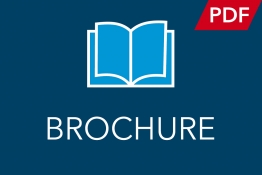
Ahmed Omer Yousif
University of Liverpool, UK
Title: Managing urethral strictures using Cook S-curve dilator: Is it economical as an outpatient procedure?
Biography
Biography: Ahmed Omer Yousif
Abstract
Background: Urethral strictures contribute to 17,000 admissions and 12,000 operations yearly with an estimated cost over 10 million in the UK. Current management techniques all involve general anesthetic thus leading to prolonged hospital stay and an increase in NHS resources. A new technique allowing urethral strictures to be managed as an outpatient basis using an instrument called an S curve dilator has been developed.
Aim: The primary objective is to assess whether utilizing the S-curve dilator technique was more economical than other techniques employed and secondary objective is to assess the aetiology behind urethral strictures and therefore allow steps to reduce them.
Methodology: This was a retrospective study that looked at all the urethral strictures that were treated using S–curve dilators between 23/06/2015 till 03/08/2016. All the S-curve dilator technique operations were performed by one trained consultant over that time period. The study was set in a 400–bed district general hospital covering a population of 731,500 where this technique has recently been utilized since 2015.
Results: The national average cost of treating urethral strictures using the S curve dilators is £363 as compared to £1559 as an elective procedure using other procedures requiring general anesthetic. The most common aetiology underlying urethral strictures is iatrogenic damage following trans-urethral resection of the prostate (TURP) operations.
Conclusion: The new S Cook dilators allow urethral strictures to be managed as an outpatient procedure, thus; reducing theatre waiting lists, reduced inpatient stay and reduced cost (3 times cheaper). Furthermore, it offers advantages over blind procedures in that there are no false passages and there is reduced risk of damage and failure. Urethral strictures most commonly occur following TURP operations which could be related to urinary catheters being left in too long prior to the operation.
Recommendations: Continue using S-curve dilators and train more urologists/ nurses to do them; ensure catheters are not left for too long whilst awaiting TURP operations and; perform a qualitative study regarding patient satisfaction and experience with urethral stricture operations using S-curve dilators.
Limitations: The main limitation was the small sample size and the lack of literature on S Cook dilators.

